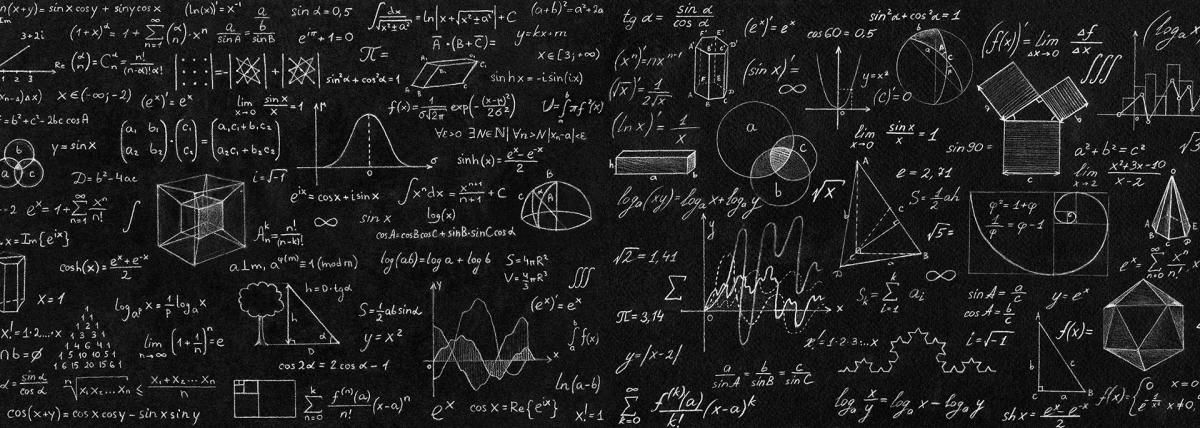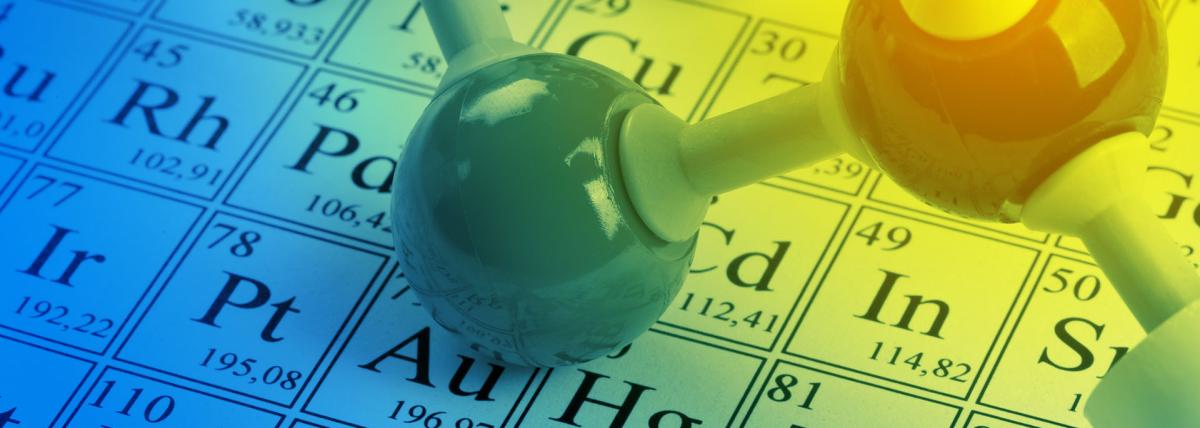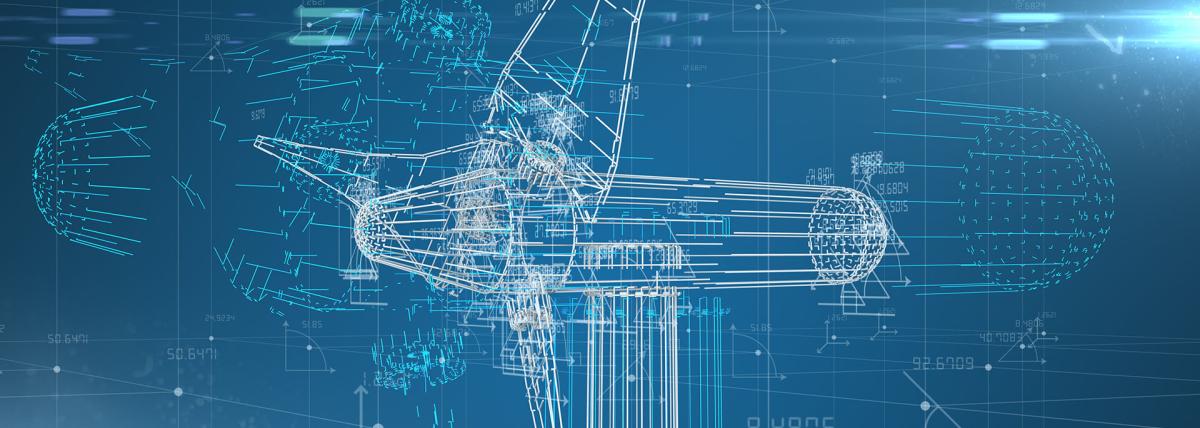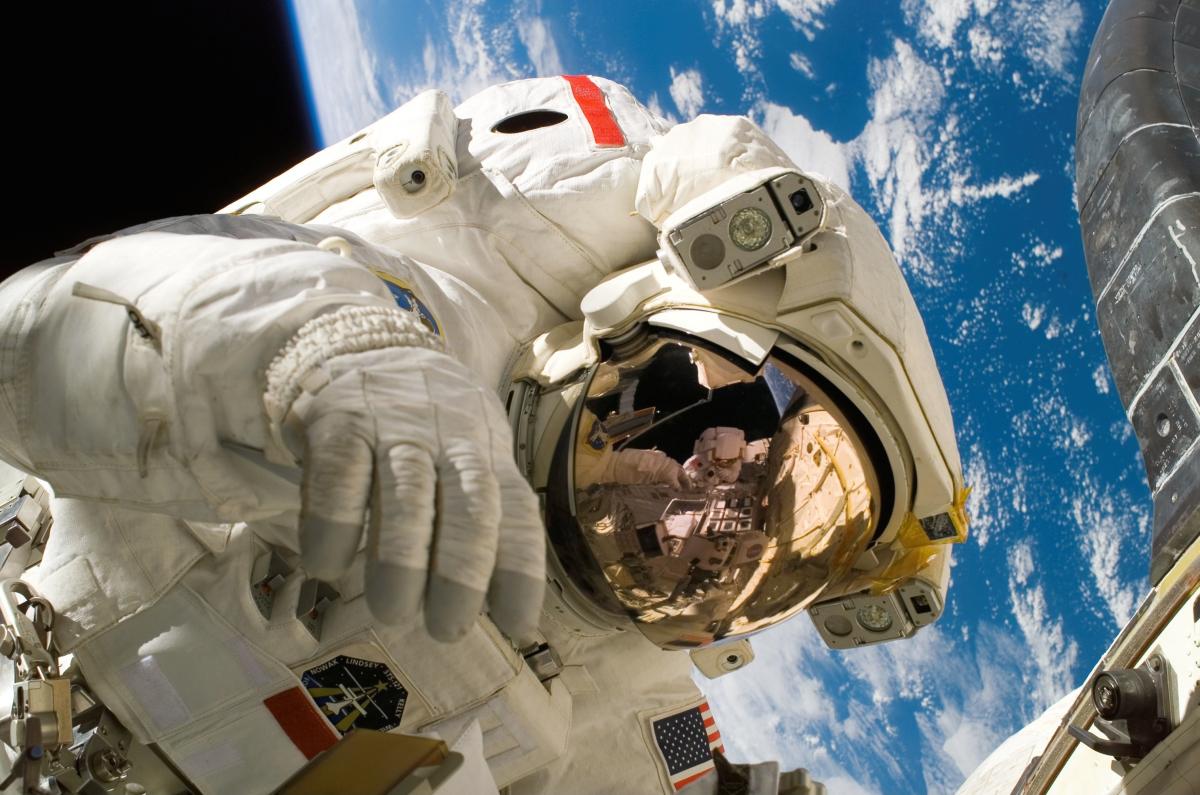
Students will use the engineering design process to complete 3 challenges. Each challenge gathers data and collects their engineering changes necessary to complete the challenge.

Students will use the engineering design process to complete 3 challenges. Each challenge gathers data and collects their engineering changes necessary to complete the challenge.

Students observe particle movement for solids, liquids, and gases. They then write Pseudocode for coding particle behavior and then they code particle movement on Scratch for the three states/phases

This lesson could be a Part II for the 3D modeling atomic theory lesson using Tinkercad, or this lesson can be delivered independently. In this lesson students fill out an atomic theory timeline and

Students learn about atomic theory and the scientists that theorized new atomic models from experiments they conducted. Students then create a 3D model for each advancement in the theory timeline

Making a wave machine to learn about the parts of the wave. This is the foundational learning piece before heading into the seismic building challenge.

"Hatchet" by Gary Paulsen is a novel about a young boy named Brian Robeson who is stranded in the Canadian wilderness after a plane crash. While the book doesn't explicitly teach STEM principles, it

In this lesson students will discover the best angle that will produce the fastest speed for a hot wheel vehicle when traveling 1 meter. Students will also practice calculating speed (speed=distance

In this lesson, students will test Earth's gravity and how gravity affects objects of different masses. Students will see that mass does not have an effect but instead air resistance is what causes

This lesson aims to introduce the concept of equilibrium point by creating and revising a model. This hands-on lesson encourages students to explore the concepts of equilibrium and balance while